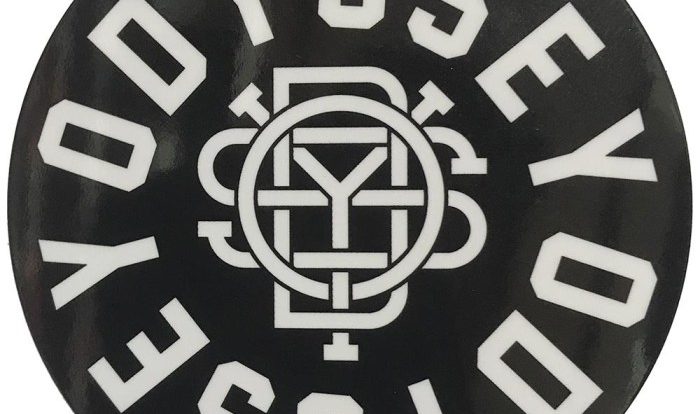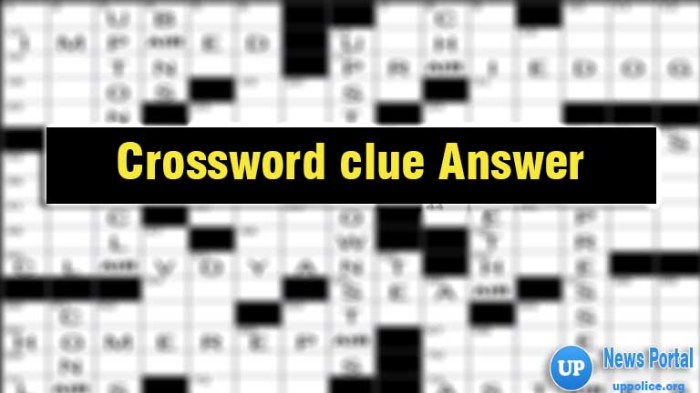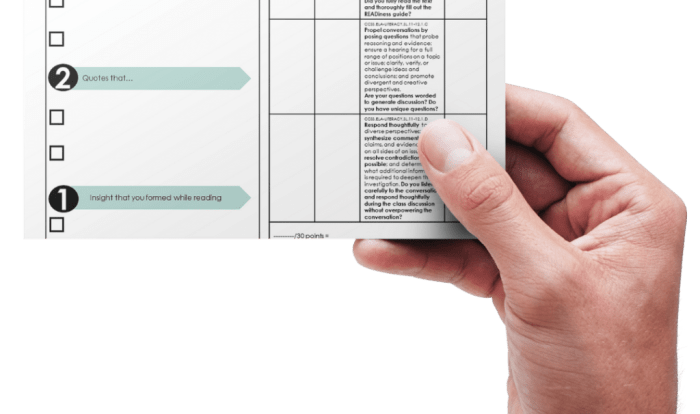The Things They Carried Questions for Discussion invites readers to delve into the profound depths of Tim O’Brien’s literary masterpiece. This thought-provoking novel delves into the complexities of war, loss, and the human condition, offering a rich tapestry of characters, symbols, and themes that resonate deeply with readers.
Through insightful questions, this guide will facilitate a comprehensive exploration of the novel’s literary elements, historical context, and enduring legacy. Prepare to embark on a journey that will challenge your perspectives and deepen your understanding of one of the most acclaimed works of American literature.
Symbolism and Allegory
Tim O’Brien’s “The Things They Carried” is replete with symbols and allegories that explore the complexities of war and its lasting effects on the human psyche. Objects like the physical burdens the soldiers carry, such as Kiowa’s moccasins and Rat Kiley’s medical bag, become potent symbols of the psychological and emotional weight they bear.
The novel’s allegorical nature further amplifies its themes. The characters and events represent broader concepts and experiences, allowing readers to draw parallels between the Vietnam War and other human conflicts. The novel’s exploration of loss, grief, and the search for meaning in the face of adversity resonates universally, transcending the specificities of the historical context.
Character Analysis
O’Brien’s characters are complex and multifaceted, each grappling with their own unique struggles and motivations. The protagonist, Tim O’Brien, serves as both a narrator and a participant in the story, providing an intimate perspective on the events that unfold.
- Jimmy Cross:A young and idealistic lieutenant who struggles with the weight of his responsibilities and the horrors of war.
- Kiowa:A Native American soldier who embodies both the resilience and the vulnerability of the human spirit.
- Rat Kiley:A medic who attempts to cope with the trauma of war through humor and self-medication.
Through these characters, O’Brien explores the psychological toll of war, the nature of courage and cowardice, and the complexities of human relationships.
Themes and Motifs

“The Things They Carried” delves into a myriad of themes, including:
- War:The novel unflinchingly depicts the horrors and absurdities of war, questioning its morality and its impact on individuals and society.
- Loss and Grief:The characters grapple with the loss of comrades, innocence, and hope, highlighting the profound and lasting effects of trauma.
- Memory and Storytelling:O’Brien explores the power of memory and storytelling to shape our understanding of the past and to heal the wounds of war.
These themes are woven together through recurring motifs, such as the physical and emotional burdens carried by the soldiers, the fragmented nature of memory, and the search for redemption and meaning.
Historical Context: The Things They Carried Questions For Discussion
“The Things They Carried” is deeply rooted in the historical context of the Vietnam War. O’Brien’s novel provides a visceral account of the physical and psychological toll of war on American soldiers, shedding light on the realities of combat and the long-term consequences for those who fought.
The novel’s depiction of the war’s complexities and moral ambiguities has had a significant impact on our understanding of the Vietnam War and its legacy, contributing to a broader cultural dialogue about the nature of war and its impact on society.
Narrative Structure and Style
O’Brien employs a unique and fragmented narrative structure in “The Things They Carried.” The novel is composed of a series of interconnected vignettes that shift between different perspectives and time frames.
This narrative technique reflects the disorienting and surreal nature of war, mirroring the characters’ struggles to make sense of their experiences. O’Brien’s distinctive prose style, characterized by its lyrical and evocative language, further contributes to the novel’s emotional impact and its exploration of memory and loss.
Comparative Analysis
“The Things They Carried” has been compared to other works of literature and film that explore similar themes and historical events.
- “All Quiet on the Western Front” by Erich Maria Remarque:Both novels provide a harrowing account of the horrors of war and its devastating impact on young soldiers.
- “Apocalypse Now” by Francis Ford Coppola:The film, like O’Brien’s novel, delves into the psychological and moral complexities of the Vietnam War.
These comparisons highlight the enduring relevance of “The Things They Carried” and its contribution to the broader literary and historical landscape.
General Inquiries
What is the significance of the objects carried by the soldiers in the novel?
The objects carried by the soldiers serve as powerful symbols of the physical, emotional, and psychological burdens they bear during the war.
How does the novel explore the theme of loss?
The novel portrays the profound and multifaceted nature of loss, encompassing not only the loss of life but also the loss of innocence, identity, and hope.
What is the role of the historical context in the novel?
The Vietnam War serves as a backdrop for the novel, shaping the characters’ experiences and highlighting the devastating impact of war on individuals and society.


